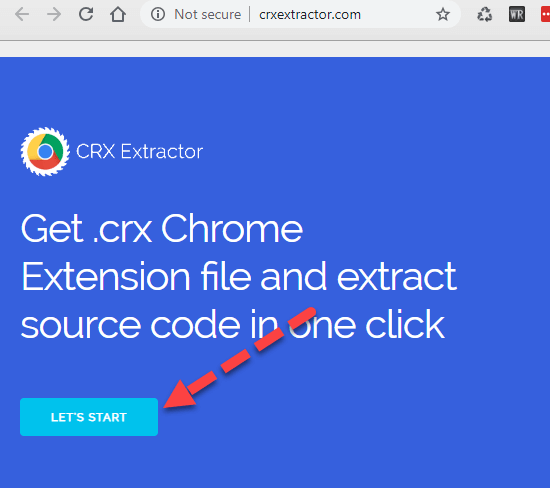- Adblock Chrome
- Gighmmpiobklfepjocnamgkkbiglidom.crx
- Gighmmpiobklfepjocnamgkkbiglidom/include.preload.js.map

OMG .. spent some time to read trough .. crazy ...
- Hello, I think I may have some malware hiding somewhere. I've scanned with MWB but nothing comes up. I'm suspicious as Defender keeps popping up to say to turn it on when it's never done that.
- This file is licensed under the Creative Commons Attribution-Share Alike 3.0 Unported license.: You are free: to share – to copy, distribute and transmit the work; to remix – to adapt the work; Under the following conditions: attribution – You must give appropriate credit, provide a link to the license, and indicate if changes were made. You may do so in any reasonable manner, but not in.

AdBlock is the best ad blocker with over 65 million users and one of the most popular ad blocking extensions with over 350 million downloads! FEATURES ☆ Block pop ups, ads, and annoying banners (even remove video ads!) on YouTube, Facebook, Twitch, and all your favorite sites ☆ Block third-party trackers.
If I am you .. I would go by creating Windows Registry file with the extension and point to the shared folder on server where you have saved the .crx file
and deploy the Windows Registry file with GPO

here is complete setup with steps and I am thing way easier and simpler :-)
Open up your GPO you want to use and navigate to:
Computer Config>Preferences>Windows Settings>Registry
Create a new registry Item (or use the wizard to) and set the appropriate info.

Google Chrome is one of the most popular browser among the users. On top it enhance support from Google makes the job easier for IT Admins to manager and deploy in production environment. If you have a Microsoft Domain Controller Environment and use Microsoft Group Policies, one of the worth trying feature is Google ADMX Templates. Once you have this setup, then deploying custom settings to Google Chrome is lot easier. In this post I will be discussing force Chrome Add-on Installation using GPO.
Deploying extensions via Group Policy consists of two parts:
- Retrieve the extension ID and the update URL of the Chrome extension
- Enable and configure Chrome extensions in a Group Policy
Retrieve the extension ID and update URL of the Chrome extension
To be able to add an extension to a Group Policy, two values need to be known: the extension ID and an “update” URL. These two values have to be entered as one string, but separated by a semicolon (;). For example, the concatenated string of the extension ID and update URL for the Ad Block Version is as below:
gighmmpiobklfepjocnamgkkbiglidom;https://clients2.google.com/service/update2/crx
The first thing to do, is to manually install the extension directly from the Chrome Web Store on your (test) system. You need to do this, otherwise you will not be able to retrieve the ID and update URL. The extension ID can be retrieved by opening the extensions tab in Chrome. Either enter chrome://extensions in the address bar or open the extensions tab via the menu:
Enable developer mode. Now the ID of each individual extension is shown.
Adblock Chrome
Copy this ID somewhere (for example in Notepad); you will need this information in the next step.
Gighmmpiobklfepjocnamgkkbiglidom.crx
Chrome extensions are installed on a per-user basis. The installation directory is:
C:Users%UserName%AppDataLocalGoogleChromeUserDataDefaultExtensions
The extension ID is equal to the name of the folder. Open the directory that corresponds with the ID of your extension, in our case gighmmpiobklfepjocnamgkkbiglidom (= the ID of the AD Block). Open the subdirectory representing the version of the extension. In the root of this directory you should find the file manifest.json. Open this file text editor (e.g. Notepad). Search for the string update_url. Here you will find the update URL:

Now you have the values you need. Copy them together in one string and make sure to separate them using a semicolon
gighmmpiobklfepjocnamgkkbiglidom;https://clients2.google.com/service/update2/crx
Configure the Group Policy setting to deploy the Chrome extension
Gighmmpiobklfepjocnamgkkbiglidom/include.preload.js.map
To force-install extensions, open your Group Policy Management console and go to Computer/User Policy > User Configuration Administrative Templates Google Google Chrome Extensions. Go to the setting Configure the list of force-installed apps and extensions and enable it.
Click the Show button and enter the string you created in the previous paragraph:
gighmmpiobklfepjocnamgkkbiglidom;https://clients2.google.com/service/update2/crx
Now the policy setting is configured. On the next Group Policy refresh the user will automatically receive the required extension. To summarise, this policy will automatically install one or more extensions for all users to whom the Group Policy applies. The installation is executed silently and without user interaction.
